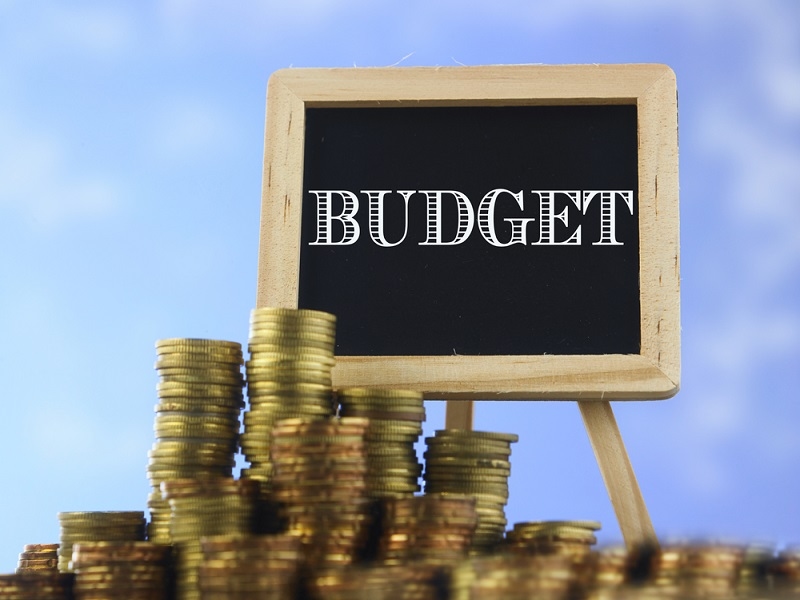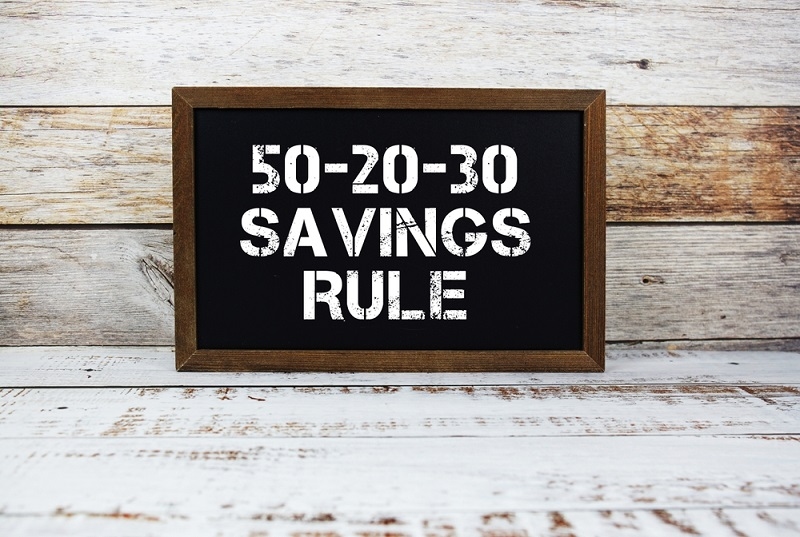
Budgeting in 2025 isn’t about depriving yourself of coffee or chasing some Instagram-worthy minimalist fantasy. It’s about building a system that works—for real life, not some spreadsheet dream. Whether you’re trying to stop bleeding cash or finally hit your savings goals, the right budgeting strategy is your game plan. Let’s get straight to it—here’s how to save, plan, and thrive this year with 2025 budgeting strategies that actually deliver.
Let’s be clear: budgeting starts with self-awareness. No app, method, or spreadsheet will help if you have zero clue where your money's going.
Look at the last three months of spending—every swipe, tap, and transfer. Break it down into fixed costs (rent, bills) and variables (food, fun, all that stuff you pretend isn’t draining your account). You need to know your leak points before you can fix them.
Personal budget planning isn’t just writing down random numbers and hoping for the best. Set goals that are realistic—pay off that one lingering loan, build a $2K emergency fund, or stash away for that solo trip you keep pushing off.
Automate your savings. Automate your bills. Your future self doesn’t need the stress of missing a payment or forgetting to transfer money into savings. Pay yourself first, and let the leftovers fight over what’s left.
Top Pick: How to Create a Monthly Budget Plan for Any Income Level
Let’s be honest—most monthly budgeting methods are either too vague or too rigid. Here are the ones that actually make sense in 2025.

This one’s a classic for a reason. Split your after-tax income like this:
This method is great if you need structure without handcuffs.
Every dollar has a job. Nothing floats.
If you make $4,000/month, your total expenses, savings, and debt payments must equal exactly $4,000. No more. No less.
Example Breakdown for $4,000 Income:
| Category | Amount |
| Rent/Mortgage | $1,200 |
| Utilities | $300 |
| Groceries | $500 |
| Transportation | $250 |
| Insurance | $150 |
| Debt Repayment | $400 |
| Savings | $600 |
| Fun/Dining | $400 |
| Misc. | $200 |
This is hands-down one of the most effective 2025 budgeting strategies if you’re serious about tracking every penny. It’s also one of the most honest. There’s nowhere to hide.
Physically (or virtually) allocate cash to specific categories. Once the envelope’s empty, that’s it. Done. No overdrafting, no excuses. It’s tough love for overspenders.
Before anything else, put 20% of your income into savings. Then live off the remaining 80%. It’s simple, effective, and makes saving a non-negotiable.
Let’s cut through the usual “stop buying lattes” nonsense. These budget saving tips are what’ll actually move the needle in 2025.
Subscriptions you forgot about? Auto-renewing services you don’t even use? Kill them. Audit every automatic charge monthly. You’ll be shocked at how much you’re losing in the background.
Before any non-essential purchase, wait 72 hours. If you still want it after three days, go for it. If not, congrats—you just saved yourself from another regret buy.
Instead of saying “I want to save $10,000 this year,” break it down. That’s $833/month. Or $28/day. Small targets are easier to hit—and celebrate.
Forget bloated tools that feel like accounting software. These best budgeting apps 2025 are the ones that keep things tight, intuitive, and tailored for real life.
Perfect for zero-based budgeting. Forces you to plan every dollar and makes you painfully aware of your spending habits. If you want control, this app delivers.
Still solid in 2025. Great for beginners who want a bird’s-eye view of all their finances. Tracks bills, budgets, and spending patterns.
Shows you exactly how much is safe to spend after bills and goals. Cuts the mental math and reduces decision fatigue.
Ideal if you love the envelope system but want to stay digital. Manually enter transactions for more awareness and accountability.
A bit more polished. Good if you’re managing multiple accounts, goals, and want real-time feedback.
No matter your style, there's a 2025 budgeting app that fits. Don’t just download it—use it. That’s where the real power is.
You don’t need to swear allegiance to one method. Combine them.
Example: Use zero-based budgeting for essentials, envelopes for fun money, and automate savings like the pay-yourself-first model. Track it all in YNAB or Mint. That way, you’ve got the discipline of ZBB, the boundaries of envelopes, and the ease of automation—all in one.
Your 2025 strategy shouldn’t be cookie-cutter. It should be built for your goals, your income, and your spending patterns.
The truth is, most people don’t have an income problem—they have a spending problem. Or worse, an awareness problem. Fix that, and your financial life shifts fast.
More to discover: Budgeting Guide for Beginners Made Simple: Step-By-Step
Here’s your game plan. No fluff.
Budgeting isn’t punishment—it’s power. The right 2025 budgeting strategies don’t just help you survive the year. They help you build a life where money stops being a source of stress and starts becoming a tool. Whether you’re running with zero-based budgeting examples, playing around with envelope limits, or diving deep into personal budget planning, the goal is the same: clarity, control, and consistency.
And no, it’s not too late to start. But the longer you wait, the longer you stay stuck. Pick your method. Set it up. Stick to it. Then watch what happens.
This content was created by AI